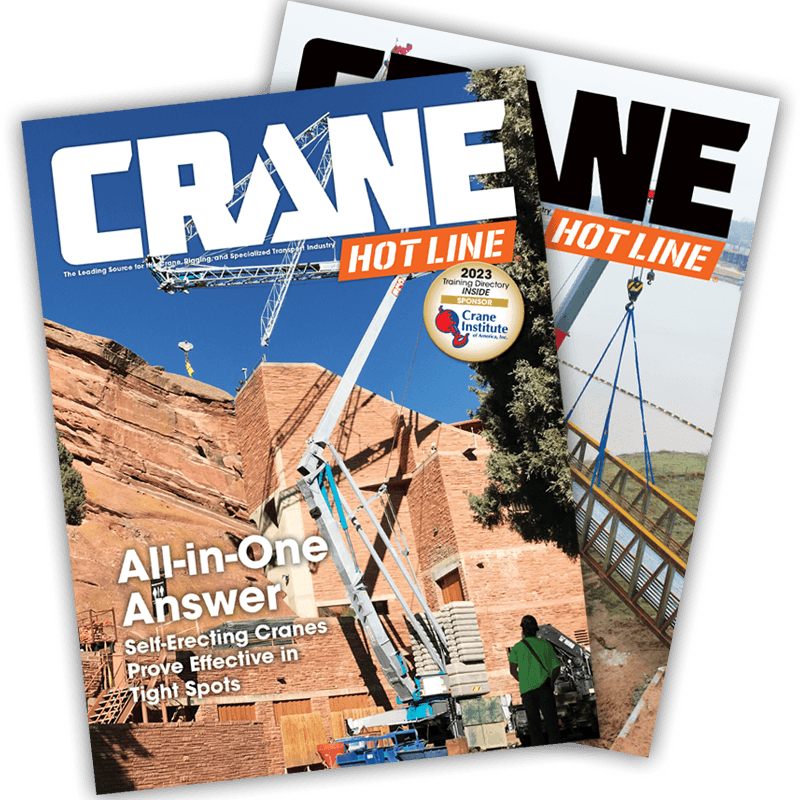Link-Belt 298 HSL Logs 12,000 Hours on Queens, NYC Jobsite
 |
A Link-Belt 250 t 298 HSL lattice crawler crane has logged nearly 12,000 hours at the East Side Access jobsite located in the Queens borough of New York City. The project will connect four tunnels running under the East River from Harold Interlocking in Queens, New York, west, to a new terminal located directly below the existing Grand Central Station in Manhattan.
“While excavation in the launch shaft took place, the material and dump body averaged about 50,000 lbs. as we threaded the load through the struts. You have to understand, we have three levels of struts placed fifteen feet apart for trench support at this location. Through the struts we lowered a 100 t truck crane, a PC600 large excavator and 45 t rough terrain with the 298,” said Kevin Dillon, operator engineer for G.T.F., a joint venture company created for the project. “Believe me, it was tricky, but the 298 worked well. In that type of situation you want control over the loads, and that is what we had.”
In order to bore the four tunnels, a German built Herrenknecht 22' 6" diameter slurry tunnel boring machine worked around the clock, boring more than 11,000 ft. in total for each of the four tunnels. The 298 has kept the two Herrenknechts running as well. Supplying the two boring machines as they work during three, eight-hour shifts for seven straight months of non-stop boring. The boring units could not be stopped once boring commenced, so a non-stop schedule was required – which led to the 12,000 hours of logged time over a 22 month period.
The Link-Belt 298 lowers ventilation tubing, additional tracks for the Herrenknecht, pre-cast liner segments and electrical pipelines as much as 70 ft. below ground. Some of the largest picks required of the 298 HSL came at the conclusion of the tunnel boring process when 110,000 lb. lifts were required. Using a five-part line, the crew and operator pulled out the 110,000 lb. trailing gear and a 98,000 lb. lift of duct work that swung 230 degrees for loading once at ground level.
The crew replaced the 28 mm auxiliary hoist line at 10,000 hours as a preventative measure. The crane was inspected every three months by the crew and also by the New York City Department of Buildings. The three companies that compose G.T.F. are Granite Construction of Watsonville, California; Traylor Brothers of Evansville, Indiana; and Frontier-Kemper also of Evansville, Indiana. The three companies were contracted to build the $730 million Queens Bored Tunnels project with primary access from the busy, Harold Interlocking Yard. According to Ron Albers, project equipment manager, “We expect to use the 298 here for another 6 months before going to another jobsite.”


